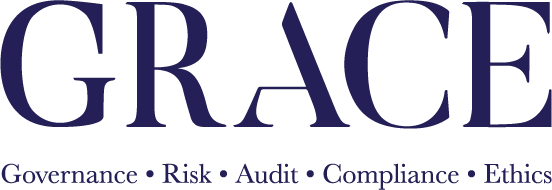ETHICS
A strong ethical culture can minimize the risk of ethical breaches and the negative costs and consequences pertaining to huge fines, legal settlements, and reputation issues that flow from ethical failure.
“Tone at the top” is a term used to describe an organization’s general ethical climate, as established by its board of directors, audit committee, and senior management.
A good organizational tone is set through policies, codes of ethics, a commitment to hiring competent employees, and the development of reward structures that promote good internal controls and effective governance.

WHAT WE Provide?
- Ethical Culture Management Services
- Ethical Culture Review Services
Ethical Culture Management Services
The objective of Ethical Culture Management Services is to support boards, committees, and senior management in defining related objectives, drafting and designing related policies and procedures, and providing support in the management of the feedback mechanism.
Designing and developing ethics and independence policies and procedures, code of conduct and code of ethics
Designing and developing information-handling policies and procedures
Handling or supporting stakeholders in the management of complaints and redressal systems
Designing and developing
whistle-blowing system
Other ethics services as per
stakeholders’ requests
Ethical Culture Review Services
Reviewing established and implemented ethical policies and procedures, code of ethics, and code of conduct
Reviewing complaints logged by internal and external parties and their disposition
Applying control self-assessment techniques by using tools like surveys and focus group discussions
